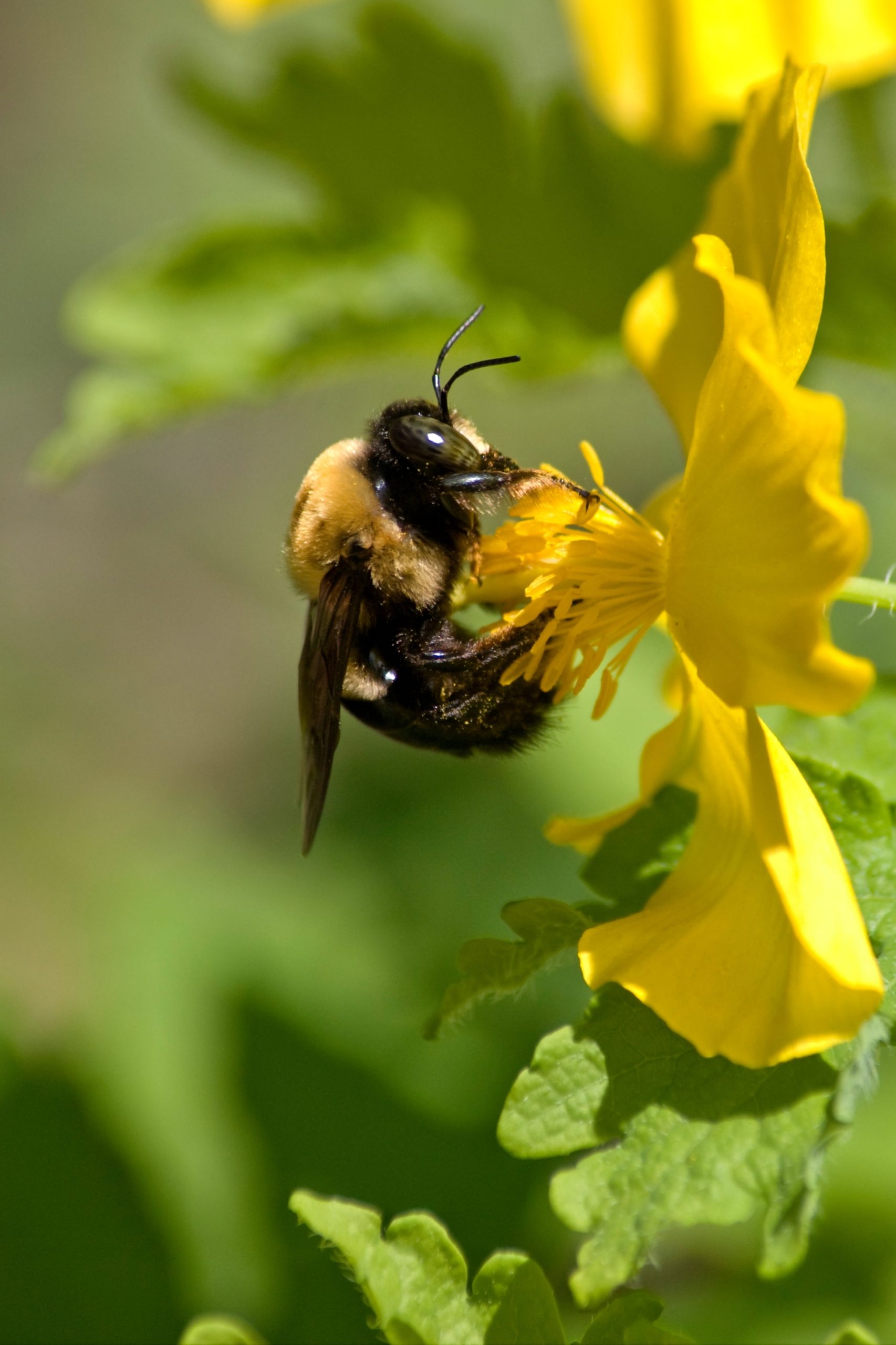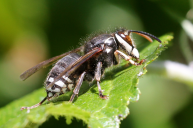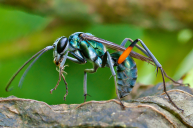Do bumblebees really sting?
If you have spent any time in the outdoors, you have likely encountered a bumblebee at some point or another. The many species of bumblebees. All part of the Bombus genus of bees. They are large, fuzzy, and a little slower than other types of bees like the honey bee. You will usually see these pollinators hovering and buzzing from flower to flower.
Many people, especially those who have allergic reactions to stinging insects, give these bugs a wide berth as a result.
Like many species of insect out there, the bumblebee seems to be a mostly misunderstood and beneficial bug. Today we will attempt to shed a light on the secretive nature of this species.
Can bumblebees sting you?
Absolutely, although stings from this bee are lot more uncommon than other forms of bee. Only the female bumblebees have a stinger. You are highly unlikely to encounter the bumble bee queens since they spend most of their life in their underground nesting sites focusing on their egg-laying duties. Male bumblebees, which are also known as drones, do not have a stinger. Much like the other social insects of the bee family, the male's only purpose in life is to mate with the new queens. The drone dies soon after that. So, most stings come from the sterile female bumblebee workers. The ones you see pollinating flowering plants in your garden.
Do bumblebees die after stinging?

Unlike honey bee stings, the first sting will not kill a bumblebee. Because the bumble bee's stinger is smooth, it can strike a victim over and over. However, for most people bumblebee venom is much less painful than that of a honey bee or carpenter bees. It helps that when one of these bugs stings, they do not leave behind a venom sac that breaks away from the insect's ovipositor. Most victims experience only mild pain and itchiness from a sting.
In fact, the sting of the bumblebee often does little to dissuade predators that like to dig up bumblebee colonies, especially bears. The video above demonstrates how bruins love to raid these nests. A bumblebee nest is like a multi-course dinner for a bear. They get a lot of protein from the larvae, pupae, and any worker bees that get in the way. The whole nest makes for an especially sweet treat thanks to the nectar gathered by the bees during pollination.
Are bumblebee stings dangerous?
While the sting of a bumblebee is usually considered less dangerous than other bees, you should still be careful around this bug. Especially if you are allergic. Their nests are usually hidden underground and are difficult to spot. Thankfully, they are not nearly as defensive as something like the eastern yellowjacket.
For people with allergies, it is always good to keep an Epipen close by because it could save your life in case of any severe insect sting. For those without allergies who just want to mitigate the pain of a bumblebee sting, consider a product like Sting-Kill. Mixing up a paste with baking soda and water, applying a little witch hazel, or calamine lotion helps to sooth the burning, swollen blood vessels, and itching that often accompany a sting. Consider taking an oral antihistamine to help with the pain too.
The main thing to remember is that bumblebees are extremely beneficial insects because of all the pollination they do in nature. Unfortunately, they are seeing a reduction in numbers across much of North America in recent years. Because of that, we would recommend using pesticides to remove a nest only if it is a danger to people. Many beekeepers are starting to domesticate the species to help with that. They do not produce honey, but their value as pollinators is great, especially to farmers.
While bumblebees can sting humans, they are usually not aggressive unless their nest is directly disturbed. If you leave them alone, they will usually leave you alone too.
Products featured on Wide Open Spaces are independently selected by our editors. However, when you buy something through our links, we may earn a commission.
For more outdoor content from Travis Smola, be sure to follow him on Twitter and check out his Geocaching and Outdoors with Travis YouTube channels.
NEXT: THE AXIS DEER AND HOW THEY'RE IMPACTING PARTS OF THE UNITED STATES
WATCH





